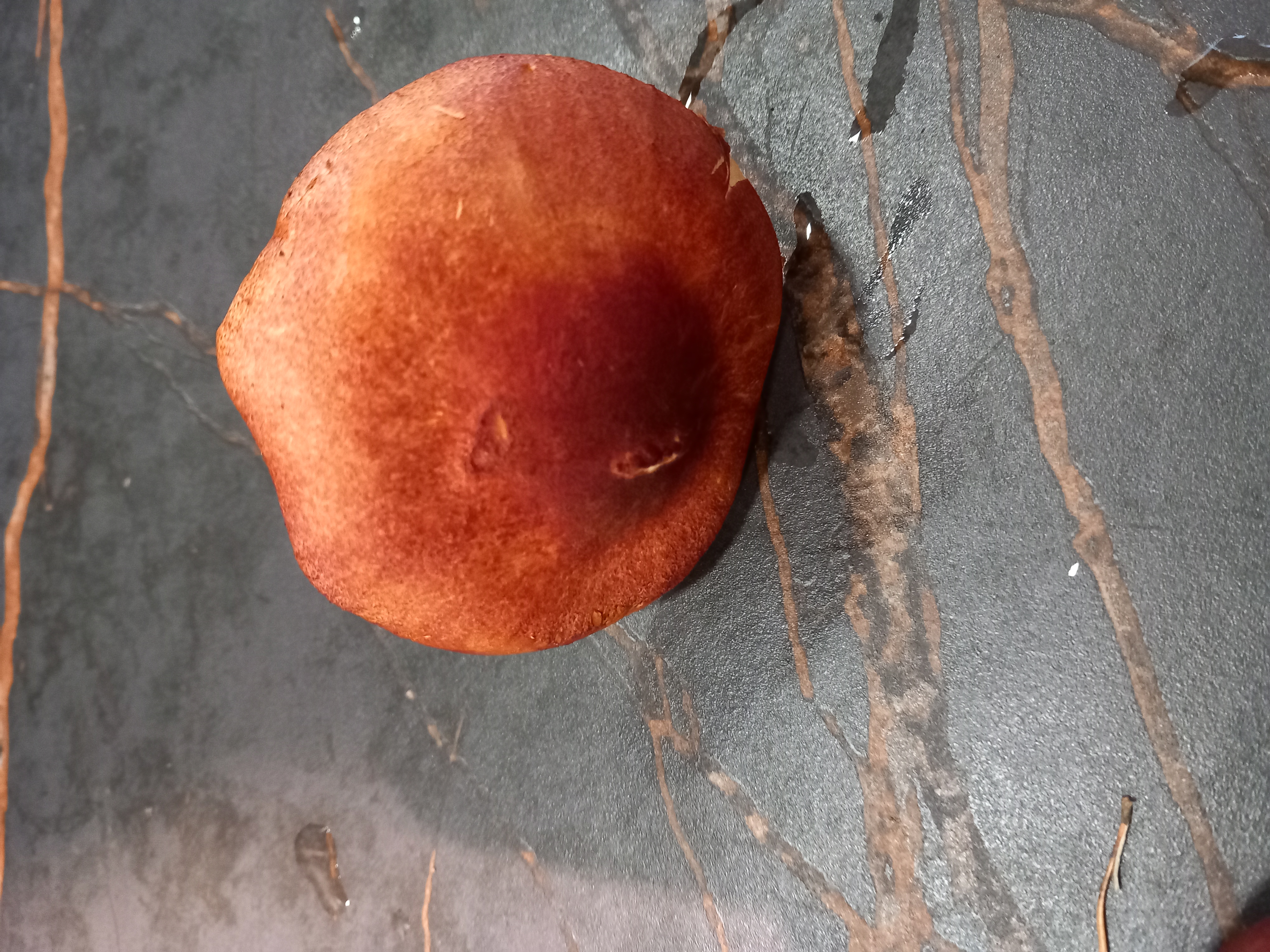Deadly Webcap
Cortinarius rubellus
High Risk: Suspected Toxic Webcap (Cortinarius sp.)

1 / 2
All Images (2)
Key Features
- Cap reddish-brown to rusty orange
- smooth
- convex
- Gills crowded
- adnate to slightly decurrent
- yellowish-orange (immature)
- Stem slender
- rusty brown
- potentially fibrous
- Lack of distinct ring or volva
- Overall morphology consistent with highly toxic Cortinarius genus
Color:
Reddish-brown cap, yellowish-orange gills, rusty stem
Smell:
Unknown (often indistinct or slightly radishy)
Growth Pattern:
Cannot assess
Environment:
Unknown substrate
Habitat & Distribution
Habitat:
Unknown (Typically coniferous or mixed woods)
Distribution:
Widespread in Northern Hemisphere (Europe, North America)
Seasonality:
Late Summer to Autumn
Critical Features for Confirmation
- Exact species identification requires spore print color and microscopic analysis
- Critical stem base features (volva/bulb) are missing or obscured
Economic Value
Market Demand:
None - toxic
Price Range:
N/A
Commercial Use:
None
Toxicity Information
Symptoms:
- Delayed kidney failure (renal necrosis)
- Severe nausea and vomiting
- Intense thirst
- Flank pain
Onset Time:
2 to 17 days (highly delayed)
First Aid:
- Seek emergency medical attention immediately
- Maintain hydration under medical supervision
Emergency Contacts:
- 911 (US)
- Poison Help (US): 1-800-222-1222
Similar Species
Girdled Webcap
Cortinarius armillatus
Key Differences:
- Possesses distinct reddish bands (armillae) on the stem
- Cap color often more brick-red
Spectacular Rustgill
Gymnopilus junonius
Key Differences:
- Often grows in dense clusters on wood
- Gills typically brighter orange-yellow
Recommended Action
Do not handle without gloves; immediate and safe disposal required. Seek expert identification if consumption is suspected.